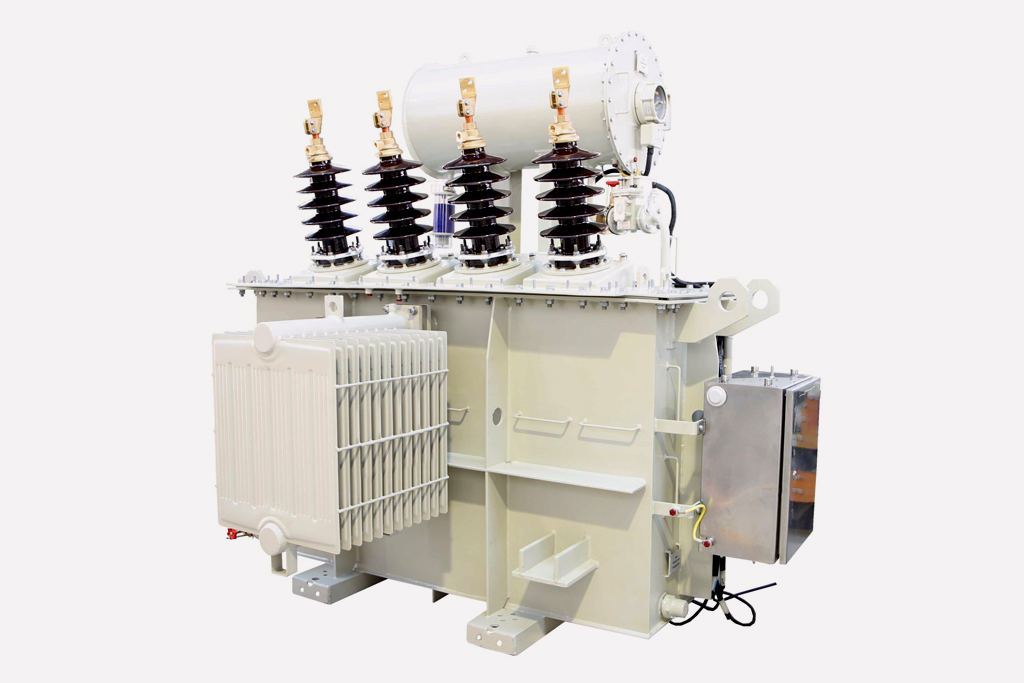Grounding transformer
In high voltage substations, earthing transformers (also known as grounding transformers) are essential for limiting single-phase short circuit currents, maintaining a stable zero point voltage, and creating an artificial neutral point for connecting the delta configurations on the secondary or tertiary sides of power transformers.
Grounding transformers are constructed in two primary ways:
1. Zigzag Winding Grounding Transformer:
These transformers feature a zigzag winding, where the neutral point is connected to the ground either directly or through an impedance.
2. Grounding-Auxiliary Transformer:
These transformers have both primary and secondary windings. The primary winding is configured in a zigzag pattern, with its neutral point connected to the ground either directly or through an impedance.
The secondary winding usually has a star (Y) connection and provides auxiliary power for the substation. This type of transformer is often referred to as a compact grounding-auxiliary transformer.
Grounding transformers are typically installed on the secondary or tertiary sides of power transformers. Their primary voltages are usually 63 kV, 33 kV, 20 kV, or 11 kV, while their secondary voltage is typically 400 volts.
Arya Transfo Industrial Group designs and manufactures grounding transformers that adhere to stringent industry standards, ensuring high reliability and performance under demanding conditions.

